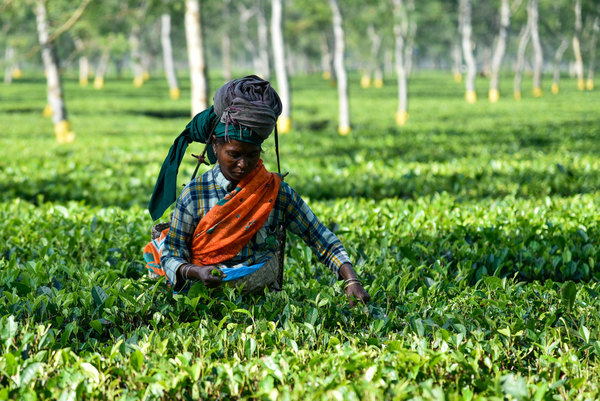Will the Sweet Potato be giving Usain Bolt a run for his money at the next Olympics?
First blog from our guest blogger, Hollie Gibson, who is studying Environmental Sciences at the University of East Anglia, UK. As the London Olympics came to an end on the 12th of August 2012, plans for the next Olympics which will be held in Rio, 2016 are already in full swing. This time however it…
Is the world better or worse than it was 20 years ago?
Focussing on the UN Sustainable Development Conference – Rio+20, which starts tomorrow in Rio de Janeiro, Brazil, I came across an interesting interactive way to quickly assess if the world is doing better or worse than it did 20 years ago.
Mystery disease in Ethiopia solved: linked to weed toxin
Imagine this… A mysterious disease terrorising your community, not infectious but spreading nonetheless, and killing your relatives and neighbours. All you want to do is pack your bags and flee. Worse, when your plight comes to the attention of the health authorities, they are stumped and its not going to be easy or quick to…
Why are we still in a drought during floods?
It has been the wettest April on record for England and Wales, yet in the past few weeks, I have often heard people asking the question: how can we be told we’re in a drought in the UK, when at the same time we’re being told many areas of the country are experiencing floods? Since…
This week is climate week – 12-18 March 2012
The Met Office 2012 global temperature forecast predicts that this year will be around 0.48 °C warmer than the long-term (1961-1990) global average of 14 °C, with a predicted range of between 0.34 °C and 0.62 °C. The middle of this range would put 2012 within the top ten warmest years in…
Subsidising the rich
On Monday night this week, the BBC aired a television programme in the UK on the EU’s Common Agricultural Policy’s subsidy system. Focusing on two main concerns, Samantha Poling (BBC Scotland’s investigations correspondent) looked at: (1) a loophole in the system that allows subsidy trading leading to millions of pounds of public money being paid…
Phosphorus – essential nutrient, pollutant and limited resource
The world's phosphorus (P) reserves are almost peaking! Yet excess P is polluting our water resources! What is going on with the phosphorus cycle and what can be done about it?
From abstract to full text
Most people searching an abstracts database want to be able to click straight through to the full text of a relevant or interesting abstract. Full text availability is one of the real added value features of CAB Abstracts and the Global Health database, but where and how to find the full text can still be…
Music enhances plant growth and keeps pests at bay
A recent AoB blog caught my eye (ear?). Do plants respond to music? The blog refers to an experiment in which plants were assembled in Cadogan Hall, London for a 3-hour recital performed by the UK’s Royal Philharmonic Orchestra to investigate the effects of music on plant growth. Knowing that CAB Abstracts is a good…


